
an old map shows the layout of a garden with many trees and other
The frescoes in an inner, open courtyard of the Palazzo Farnese in Caprarola, Italy, were painted by Zuccari in 1547 and were exposed to the ambient environment - including variations in light, moisture, temperature fluctuations and possibly a changing reactive atmosphere over almost five centuries.
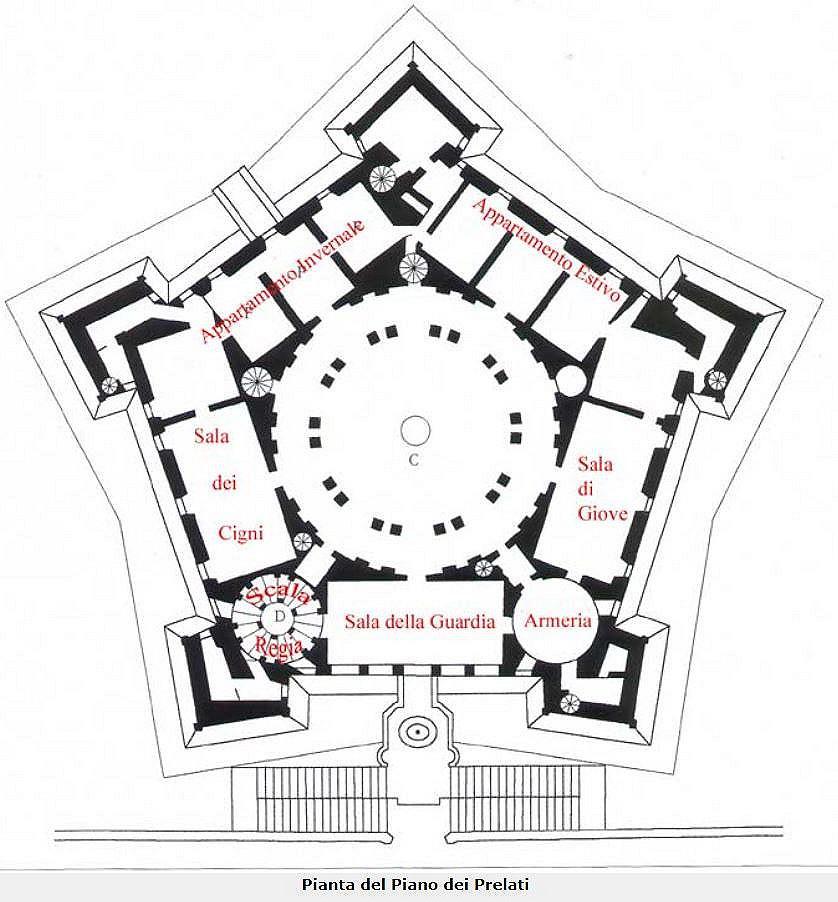
Cosa vedere d’interessante a Palazzo Farnese di Cararola
The Massive Palazzo Farnese at Caprarola looms over its plain, a mute witness to the former power of the family (fig. 1). The rocca was initiated by the first Cardinal Alessandro (Pope Paul III) and fully and magnificently developed by the second Cardinal Alessandro, his grandson. Inside, its decoration boasts of family deeds and silently eliminates family failures.
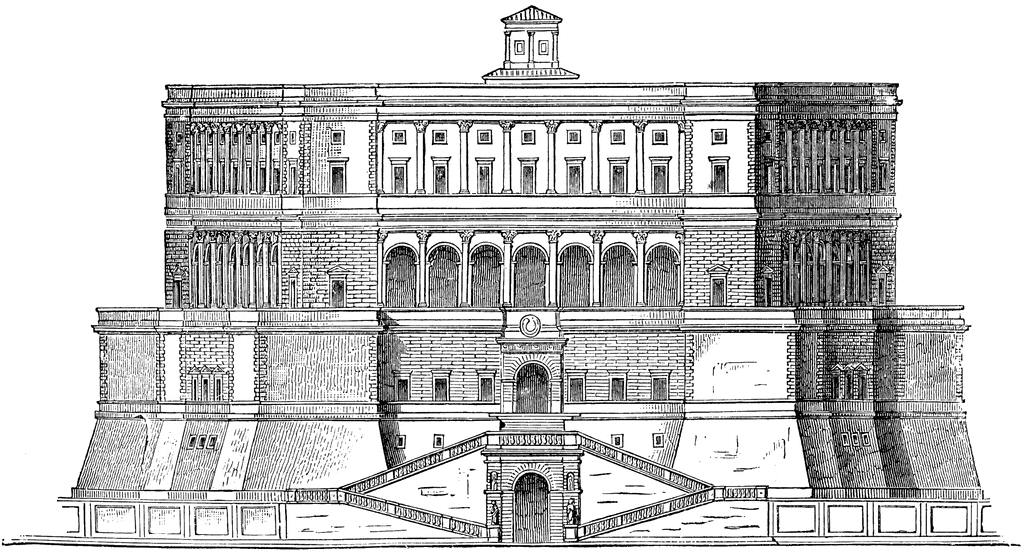
Farnese Palace at Rome ClipArt ETC
Book Palazzo Farnese Tours & Tickets! Compare Reviews, Prices & Book on Tripadvisor. Quick & Easy Purchase with Flexibility to Cancel up to 24 Hours Before the Tour Starts!
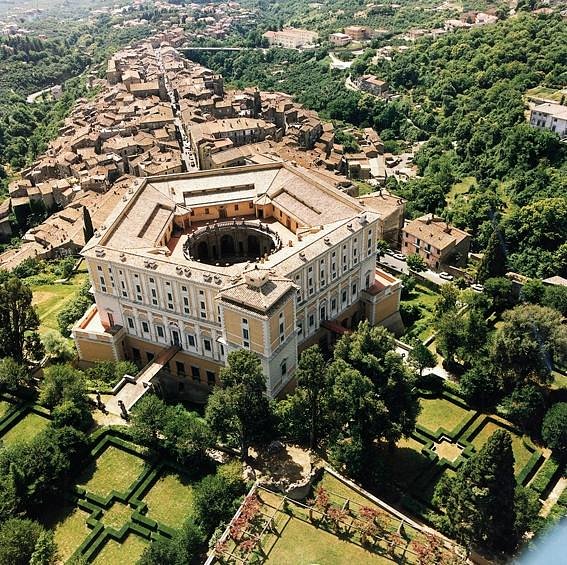
Palazzo Farnese (Caprarola) All You Need to Know BEFORE You Go
The Palazzo Farnese of Caprarola is one of the best examples of Renaissance mansion, built for the Roman Farnese family in Caprarola. The construction of the building - with its distinctive pentagonal shape - was entrusted from Alessandro Farnese (who became Pope Paul III) to Antonio da Sangallo, who began working around 1530 and, after a break, it was completed at the behest of Alessandro.

Floor plan of Palazzo Farnese in Caprarola, engraving from New... News
The Farnese Palace in Caprarola, now open to visitors and owned by the State, is a treasure trove of works of art. Beautiful frescoes adorn the interior, from the Angels Room to the Chapel to the Farnese Fasti room, with paintings celebrating the stages of the family's dazzling rise from the Middle Ages to the Renaissance, which also gave Spain.
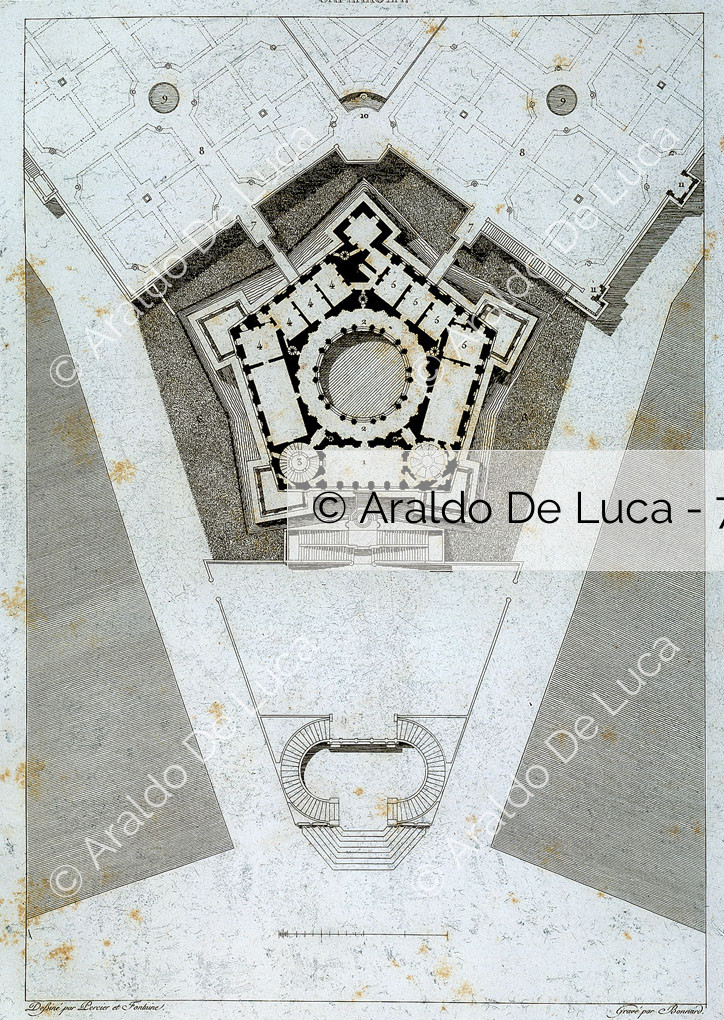
Pianta di Palazzo farnese a Caprarola disegno di Percier e Fontaine 7399
Alessandro Farnese became cardinal when he was only 25 years old, the fact that he was so young gave him the opportunity to make a glorious career within the catholic church. Furthermore, he was intelligent, educated, cultured and patient in short, he had all the qualities necessary to become pope. In fact, in 1534 at the age of 67, he was.
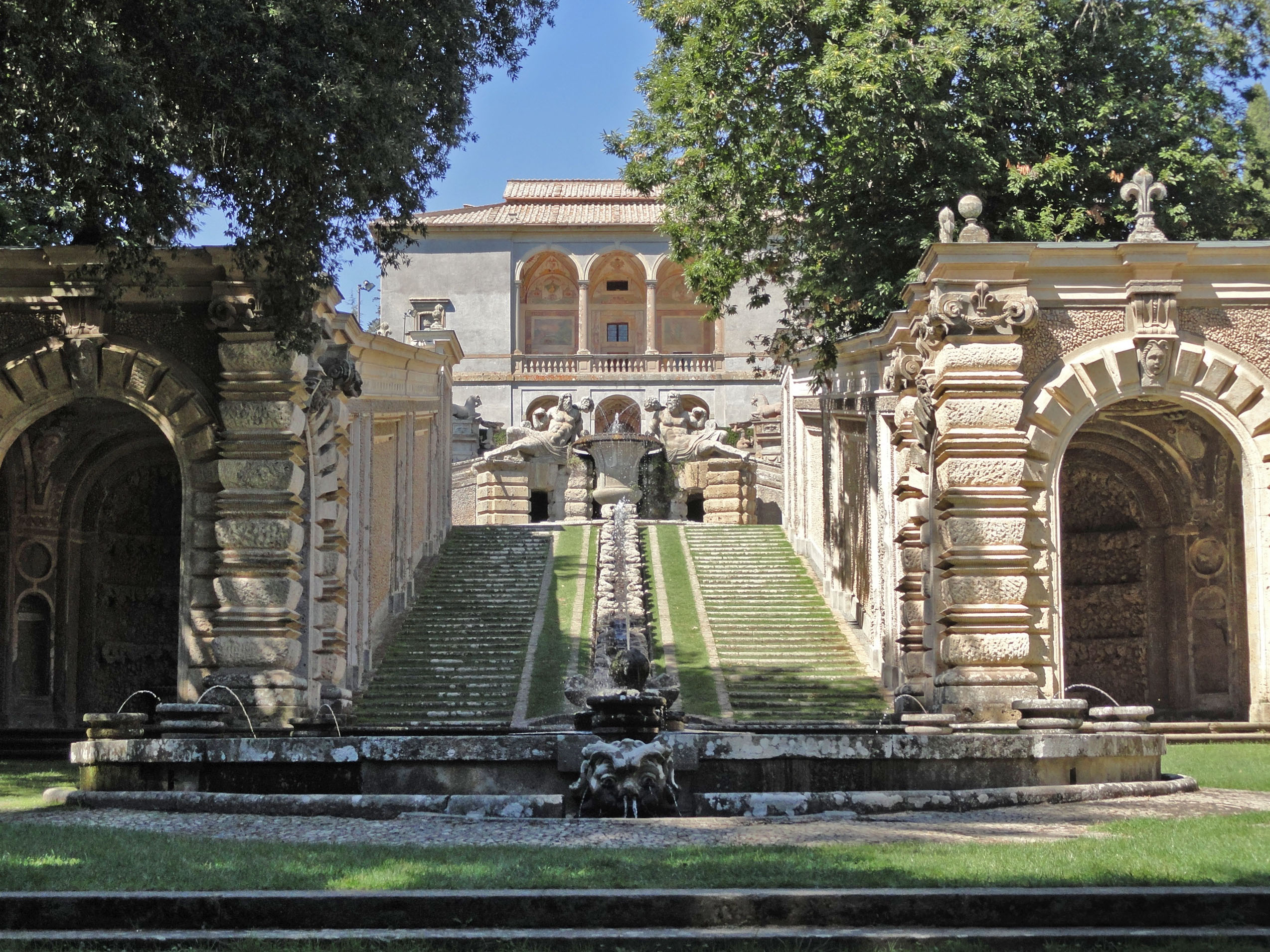
ANNA PARLAFANTI FACEBOOK LINK SOTTO VILLA FARNESE A CAPRAROLA
The history of Palazzo Farnese. It all began in the 16th century, when Cardinal Alessandro Farnese fell in love with what was then the small village of Caprarola and decided to buy it in order to build a lavish fortified residence to demonstrate the power of his family.. The Farnese family was among the most prestigious families of Italian Renaissance and Baroque, playing a crucial role in.
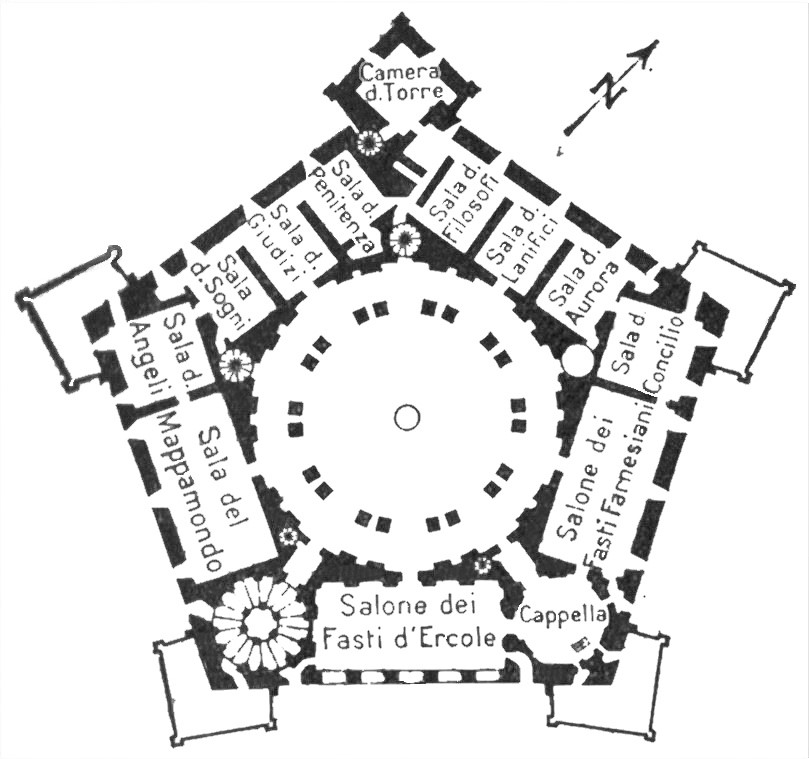
Cosa vedere d’interessante a Palazzo Farnese di Cararola
The Palazzo Farnese was originally commissioned by Cardinal Alessandro Farnese in the 1520s to be a fortified manor house just outside of Rome (it's about 65 km/40 mi northwest of the capital). It was designed by Antonio da Sangallo the Younger and Baldassare Peruzzi to be an impenetrable fortress with a pentagonal shape and a moat, but work was halted when the Cardinal was elected Pope Paul III.
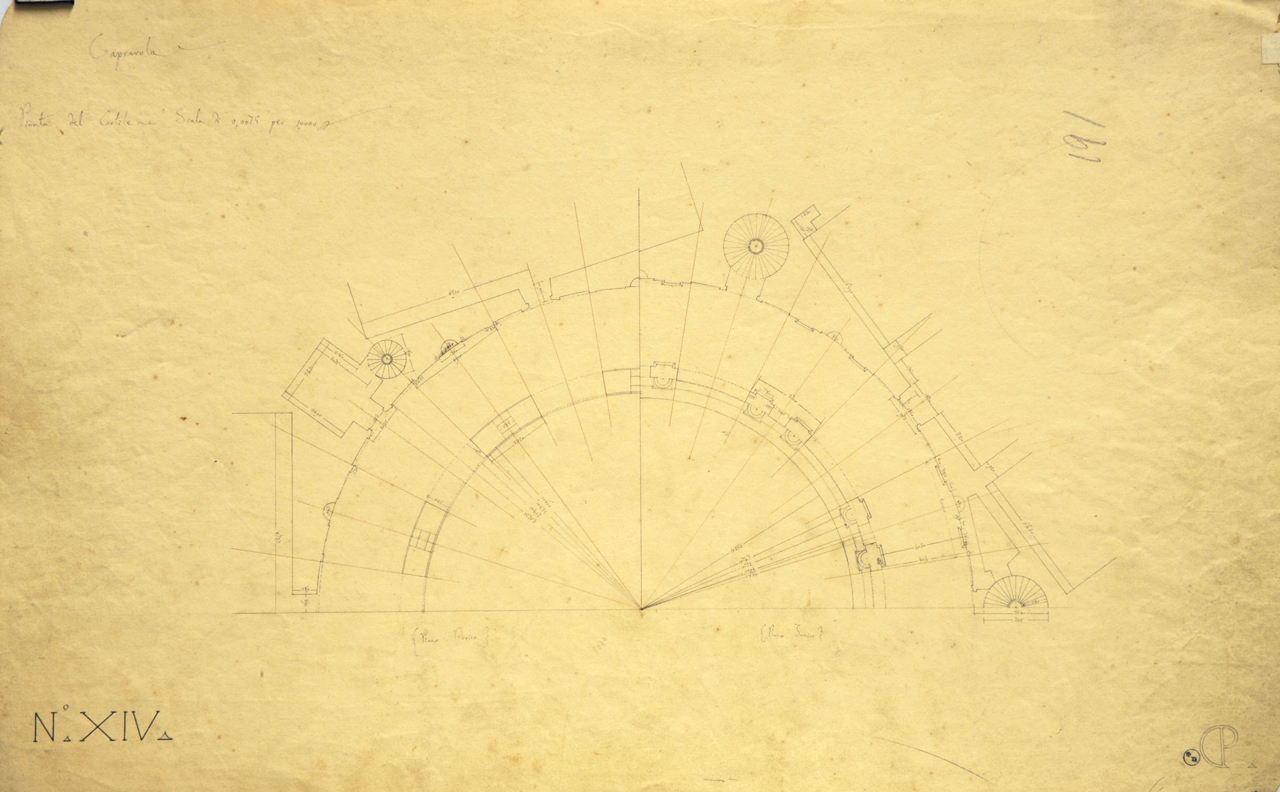
Caprarola Facciata Pianta del Cortile Cortile di palazzo Farnese
Palazzo Farnese Tours & Tickets are Selling Out Fast. Book Now to Avoid Disappointment. Quick & Easy Purchase Process! Full Refund Available up to 24 Hours Before Your Tour Date
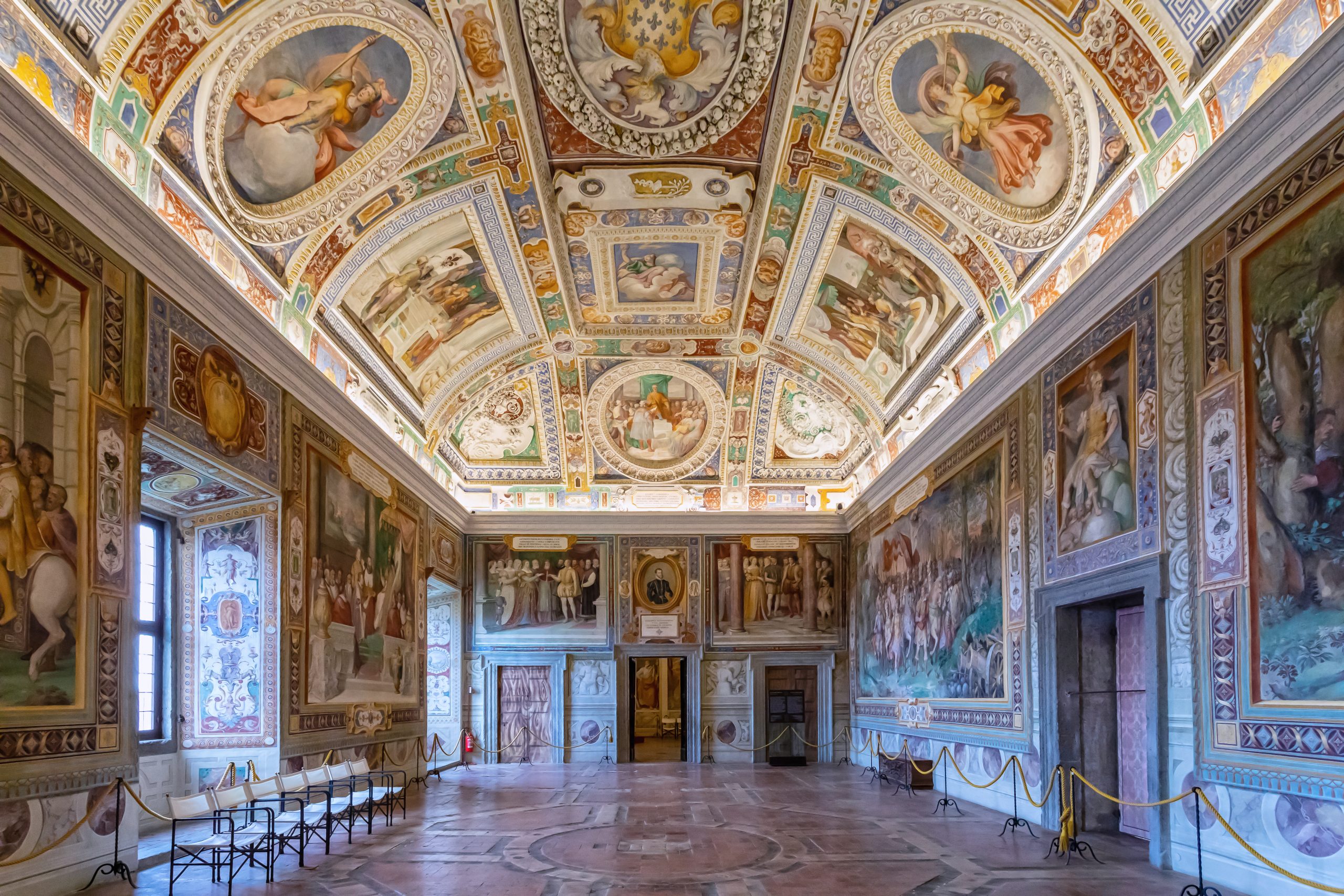
Tuscia, il Lazio suggestivo
Il Palazzo Farnese di Caprarola è visitabile tutti i giorni, escluso lunedì, con i seguenti orari e prezzi del biglietto: Orario di visita: Dal martedì alla domenica ore 8.30 - 19.30. La biglietteria chiude alle ore 18.45. Il Parco è visitabile sono nei giorni feriali dal Martedì al Sabato dalle 8.30 a un'ora prima del tramonto, solo in.

Il palazzo Farnese di Caprarola fu costruito in pianta pentagonale su
PALAZZO FARNESE DI CAPRAROLA. La costruzione di Palazzo Farnese di Caprarola comincia con il progetto del Cardinale Alessandro Farnese il Vecchio e continua con il nipote Alessandro il Giovane, detto il "gran Cardinale", che lo rende una delle residenze più belle e fastose di tutti i tempi. Tutto ha luogo nel feudo farnesiano, che da.

Giardini della palazzo Farnese di Caprarola, bellissima residenza
The Renaissance Gardens tour: Palazzo Farnese and more. 2. Full-day Tours. 6+ hours. Full day tour with pick up/drop off from Civitavecchia Port. Visit and discover the best Gardens and Palaces of the Renaissance… Free cancellation. Not sure? You can cancel this reservation up to 24 hours in advance for a full refund. from.

The wonders of Palazzo Farnese in Caprarola Italian Ways Italian
Il Palazzo Farnese di Caprarola riapre in anteprima mercoledì 20 maggio; sarà poi aperto ogni fine settimana, a cominciare da sabato 23 e domenica 24 maggio.. Il Vignola modificò radicalmente il progetto originale: la costruzione, pur mantenendo la pianta pentagonale dell'originaria fortificazione, venne trasformata in un imponente.
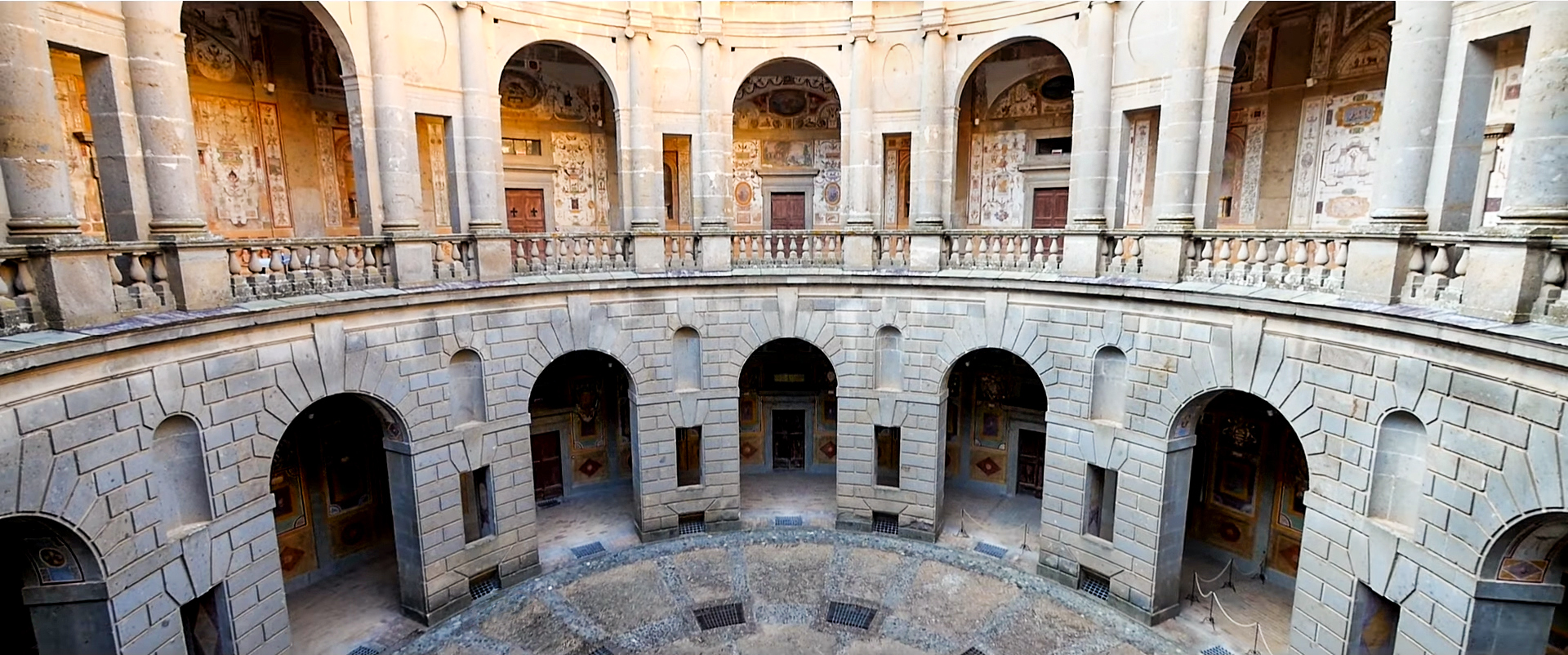
Visitare Palazzo Farnese a Caprarola, provincia di Viterbo
Pianta del palazzo Incisione di Paul Letarouilly, XIX secolo. Il Palazzo Farnese (o Villa Farnese) si trova a Caprarola in provincia di Viterbo nel Lazio.Fu costruito per la famiglia Farnese e costituisce uno dei migliori esempi di dimora di epoca manierista.. Dal dicembre 2014 il Ministero della Cultura lo gestisce tramite il Polo museale del Lazio, nel dicembre 2019 divenuto Direzione.

Palazzo Farnese (Caprarola) Wikipedia Architettura storica
1. The history of Palazzo Farnese. Palazzo Farnese - today one of the most beautiful residences in central Italy - was built at the behest of cardinal Alessandro Farnese who entrusted the work to the famous architects Antonio da Sangallo and Baldassare Peruzzi. Works began in 1530, but suffered a first setback in 1534, when Farnese was elected.

Palazzo Farnese a Caprarola Architettura barocca, Architettura, Palazzi
At the Palazzo Farnese, however, papal interventions initiated the kind of operations that would become the hallmark of Baroque Rome: a dominant building sponsors a piazza that sends out an axial street (the via dei Baullari) to tap into existing street networks. It is this kind of surgical urbanism—cutting and reshaping—that constitutes.